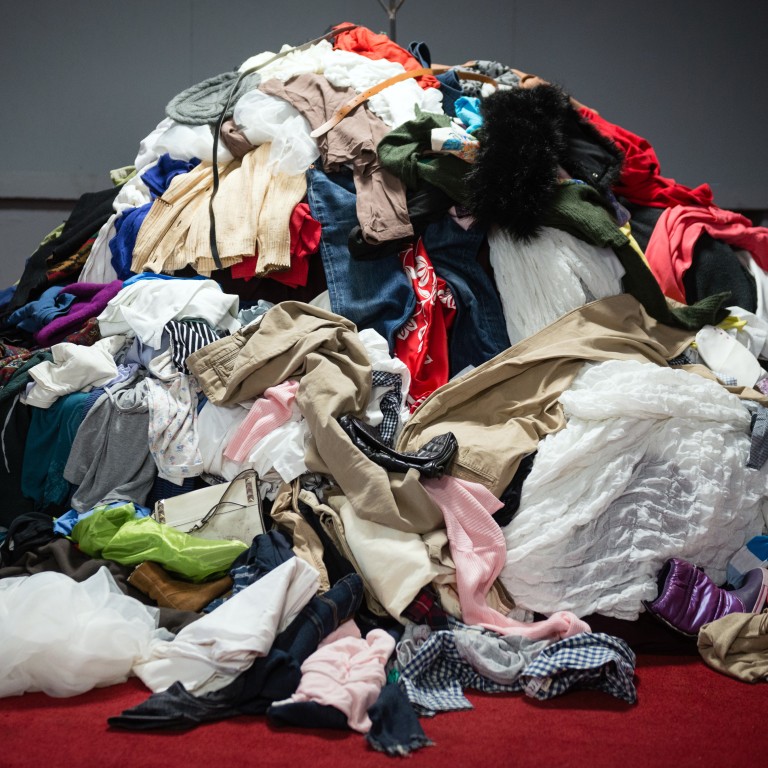
Can sustainable fashion be affordable? And should it be, when too many of us treat clothes as disposable? Experts weigh in
- Luxury and mass-market fashion brands alike are creating eco-conscious collections, making their supply chains more transparent and finding ways to reduce waste
- However, sustainably made clothes can’t compete on price with fast fashion because it is artificially cheap. Experts say the answer is to buy less, but better
Fashion brands left and right – from luxury powerhouses like Gucci to high-street labels like H&M – have made sustainability a key element of their corporate strategies. It almost feels that not a day goes by without a brand announcing an eco-conscious collection or a socially responsible initiative aimed at reducing waste or making supply chains more transparent.
A key issue when it comes to sustainable fashion, however, is affordability. Can clothes and accessories made with responsibly sourced materials and by workers who are paid a fair wage in factories where conditions meet global standards actually be affordable? And should they be?
After all, overconsumption is another problem: by making clothes so affordable that they’re often as cheap as a cup of coffee, the industry only incentivises unnecessary consumption and waste. Besides, most consumers around the world – those living on minimum wages in developed countries or below the poverty line in developing ones – are likely to leave ethical concerns aside when given the choice of buying a low-price item made in a sweatshop or a pricier responsibly made product.
Let’s say you’re a single mother living in London and working a full-time job to support your two children. Would you rather buy a pair of eco-friendly jeans from Everlane or a mass-manufactured one from Primark that costs a fraction of the price?
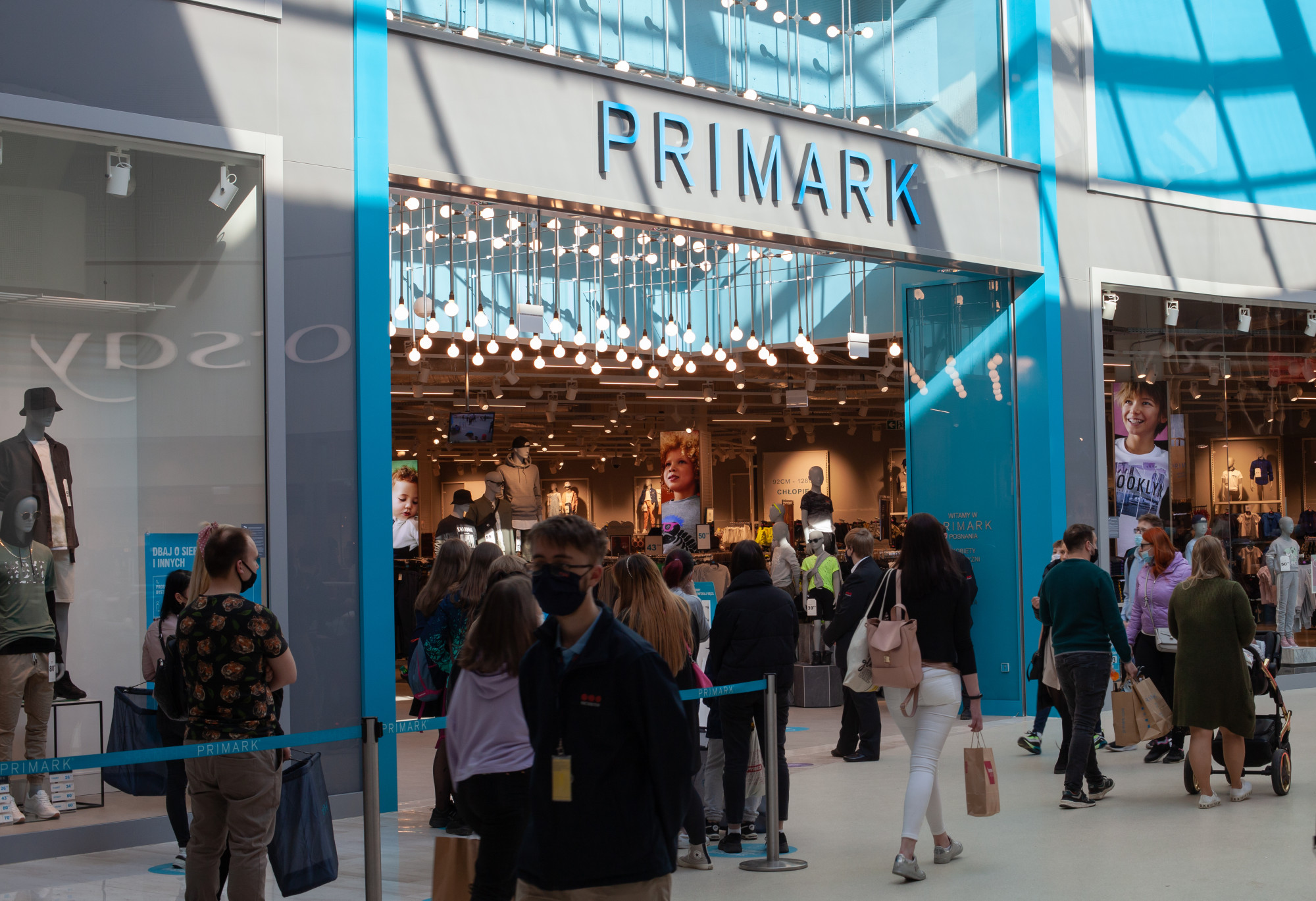
Making responsible choices as an educated consumer is a luxury not everyone can afford.
Besides, making sustainable fashion available to the masses is no easy task. We asked five industry insiders to shed some light on this very important, and often overlooked, issue that is at the heart of sustainability.

Dana Thomas, journalist and author of Fashionopolis: Why What We Wear Matters
“Eco-conscious and responsibly made clothing and accessories can absolutely be affordable. They were for decades throughout the 20th century before fashion raised its profit margins, meaning the difference in price to produce and the retail price, exponentially to meet shareholder expectations and to become wildly rich.
“That’s why Bernard Arnault of LVMH and Amancio Ortega of Inditex, which owns Zara, are among the wealthiest people in the world. When I wrote my first book, Deluxe, the average mark-up of a luxury brand handbag was 12 times the production cost. Today, it’s around 25 times, if not more. The reason much of fashion is unaffordable for so many is corporate greed.
“And the fashion that is affordable – fast fashion – complicates the situation, because its prices are too low.
“The reason these clothes are so cheap is because the workers who make them – most offshore, in developing countries such as Bangladesh – are not paid a living wage, which economists calculate is what one needs to earn to house, clothe and feed themselves and their families. Indeed, 98 per cent of garment workers do not earn a living wage, and most earn half a living wage.
“As I explain in my book, Fashionopolis, the entire fashion industry squeezes producers to such embarrassingly inhuman low prices, then is able to offer the clothes for super low retail prices. In general, if a fast fashion garment costs US$10 to make, the worker was paid 10 cents. Clothes have never been cheaper than they are today.
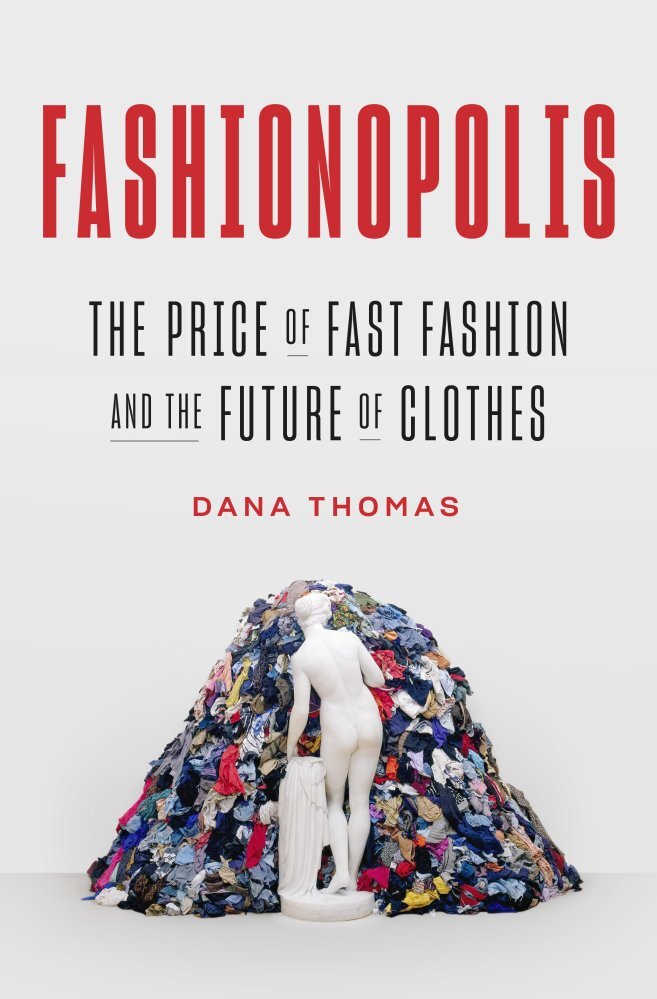
“Therefore, we buy more than we have in the history of mankind. Consumers have been conditioned to believe it is normal to pay so little for clothes. It’s not.
“A generation ago, we spent a far greater percentage [of our incomes] on clothes than we do today. We can afford to pay more, we should pay more – not luxury’s overinflated prices, but more than what fast fashion brands ask. And if we did, we would have more eco-conscious brands out there.
“That said, there are plenty of lovely, small, eco-conscious brands making clothes at affordable prices. Their prices are not wildly higher than fast fashion clothes – maybe 20 per cent more – but the quality is far, far superior, and the impact on the planet and humanity is far, far less.”
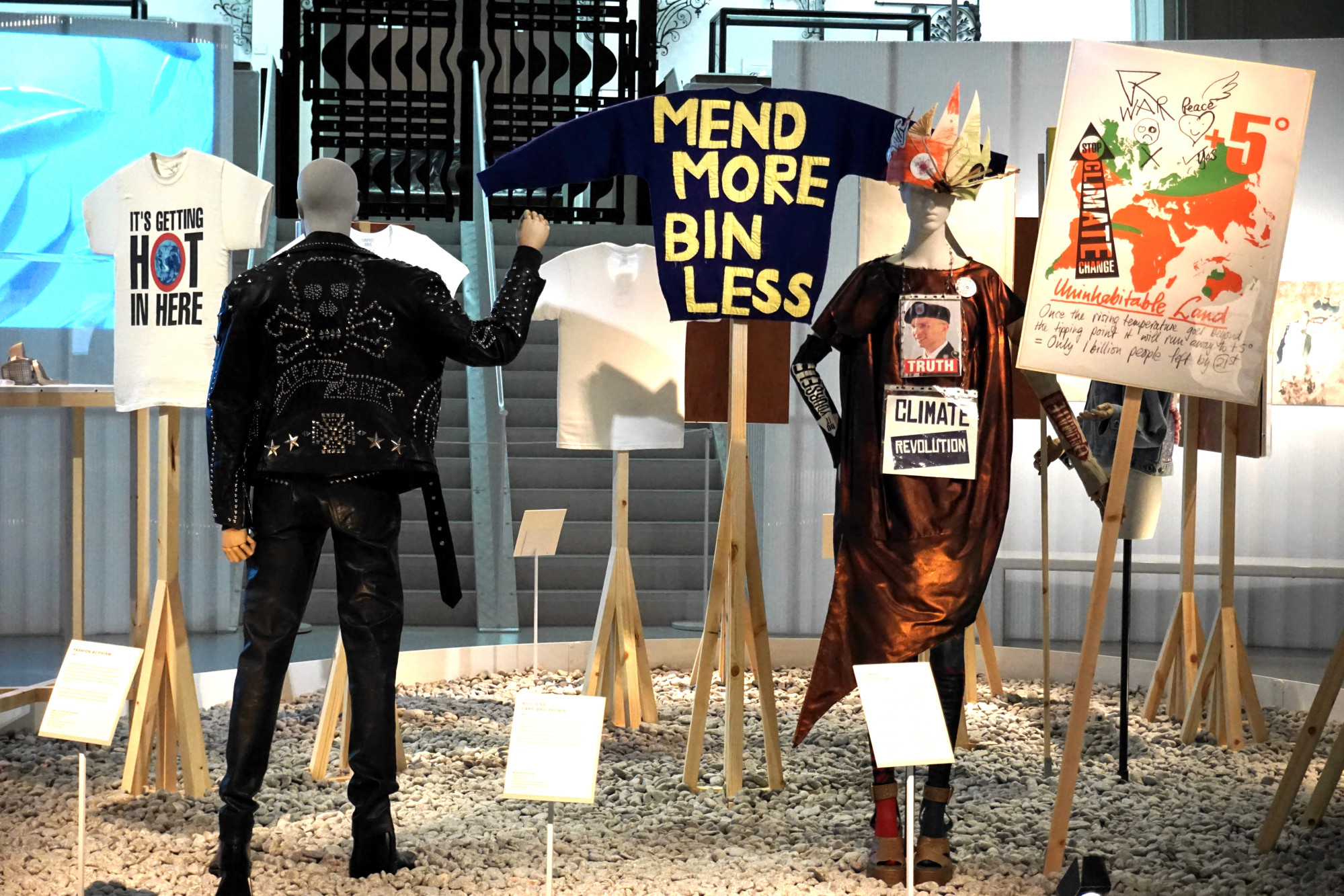
Clare Press, presenter of the Wardrobe Crisis podcast on sustainable fashion
“This is a tricky one because of course we want good clothes to be affordable for as many people as possible. However, I think we need to rewind here and examine our ideas about what that means.
“First of all: ‘good clothes’ – I don’t think we want bad clothes for as many people as possible, do we? To me, good fashion is fair fashion. Good clothes are responsibly made. Maybe they cost a bit more, so you have fewer of them.
“Next: affordable … for whom? The current fast fashion system might be affordable for the shopper who wants to buy trend-driven clothes at rock-bottom prices, and replace them often with new styles. But there actually is a cost to that – a cost that gets passed on. Someone else is paying. Often, it’s the garment worker.
“The fast fashion system drives prices down, putting pressure on suppliers to cut costs and increase speed. Garment workers are under increased pressure to produce more for less money.
Most consumers are price sensitive ... so maintaining affordability whilst also injecting greater sustainability is obviously very important
“The planet pays too. As we’ve just seen with this recent UK study published last month that looked at 10,000 items sold by fast fashion retailers Boohoo, Prettylittlething, Missguided and Asos. Half of them were made from plastic (polyester, nylon, acrylic …)
“These fabrics are not biodegradable. Consider the volumes in which we are throwing these fabrics away. We are in the era of landfill fashion. We can change this story if we decide to. Fast fashion is a relatively recent invention.
“The alternative is a slower proposition, a little like what went before – where you had to save up for good clothes and plan to keep wearing them longer – but modern too. Tomorrow’s fashion doesn’t have to be like yesterday’s just because it’s slower than what we have today.
“All this is being embraced not just by fashion activists but by forward-thinking brands too – because it’s a business opportunity. And a much cooler one than the US$5 T-shirt was.”
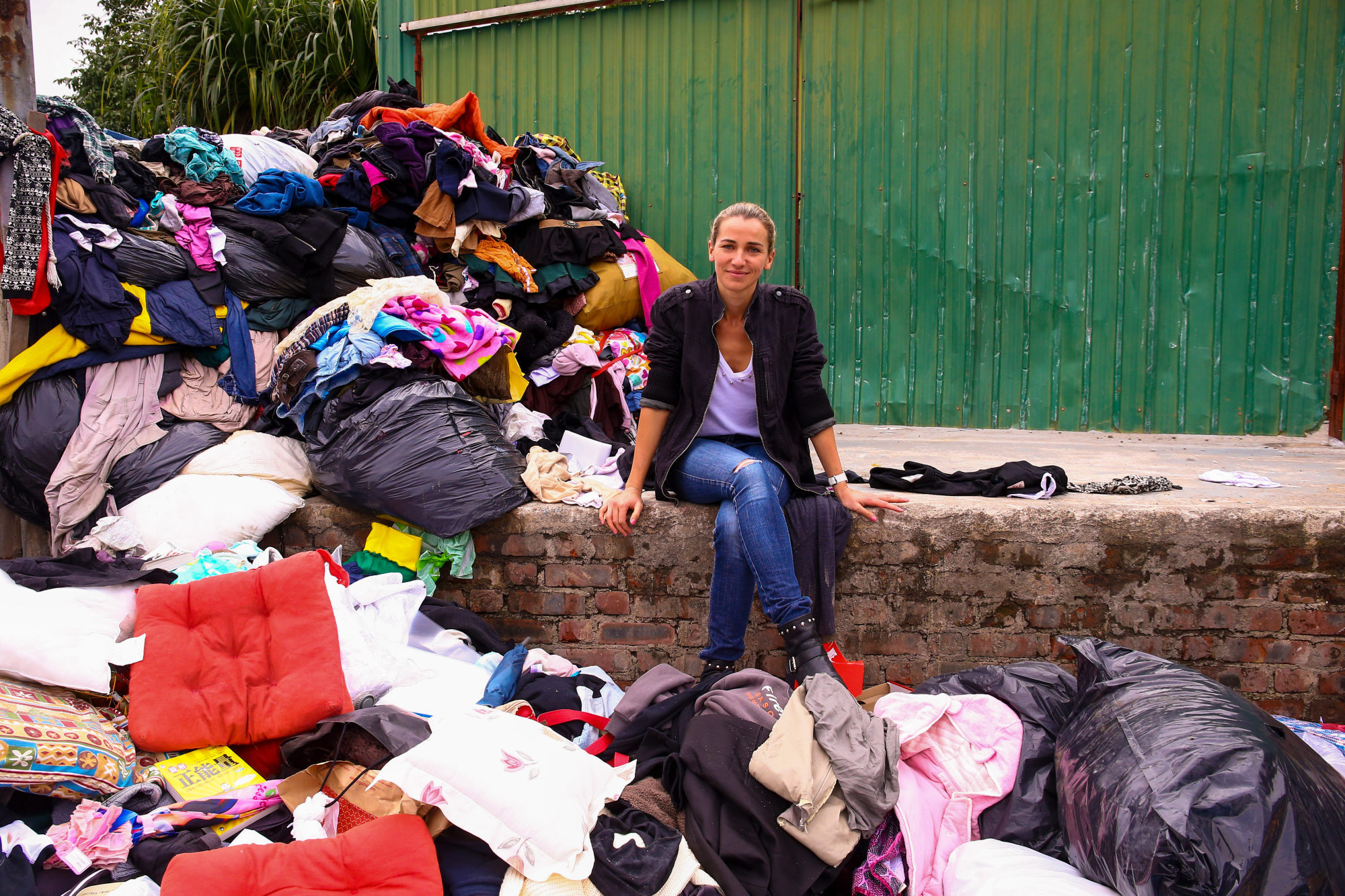
Christina Dean, founder of Redress
“We should be seeing the gap close between conventionally made and responsibly made clothing, which essentially can come in many forms, from environmental to social improvements, so it is itself relatively hard to quantify.
“This closing of the price gap is in part because of the greater developments of more sustainable raw materials, including recycled materials, particularly recycled polyester.
“We’ve also seen a decade or so of industry slogging on R&D on everything from fibre development, technology to supply chain efficiency, and this work is now coming home to roost to bring wider-spread sustainability improvements across larger swathes of fashion businesses.
Chinese fashion brands and sustainability – it’s happening
“Finally, there is now little dispute about changing consumer sentiment around responsible production, and this wave of consumer concern is certainly a driver [of] businesses’ attempts to scale up and mainstream better design, sourcing and production and more.
“Put simply, the cost of continuing to churn out purposeless and polluting products, and the risk of growing consumer backlash against such bad practices, is one factor driving businesses to attempt to look further into mainstreaming their more sustainable initiatives.
“The reality is that most consumers are price sensitive and price, alongside style and fit, remains a key purchasing driver. So maintaining affordability whilst also injecting greater sustainability is obviously very important.
“That said, the real elephant in the room is that we clearly have to reduce production and consumption, while working towards a system redesign – rather than just replacing conventional garments with ‘more sustainable’ alternatives, we need fewer items sold, these need to be lasting longer, such that fewer items are disposed of … and we need to work to achieve circularity.”

Bandana Tewari, lifestyle journalist and sustainability activist
“Yes, sustainable clothes of course can be affordable. And they are in fact already affordable. But consumers the world over fall prey to an ill-imagined definition of affordability. Our dictionaries have taught us that cost, value and price mean the same thing, when in fact they do not.
“For instance, price can fluctuate in an ever volatile market but value is, at a fundamental level, unchangeable, no matter how economies swell or swallow [dive]. The price of a sustainably made jacket, say, may vary when more of it floods a market, which leads to the lowering in pricing. But the value of that product, despite the fluctuating price market, is immutable.
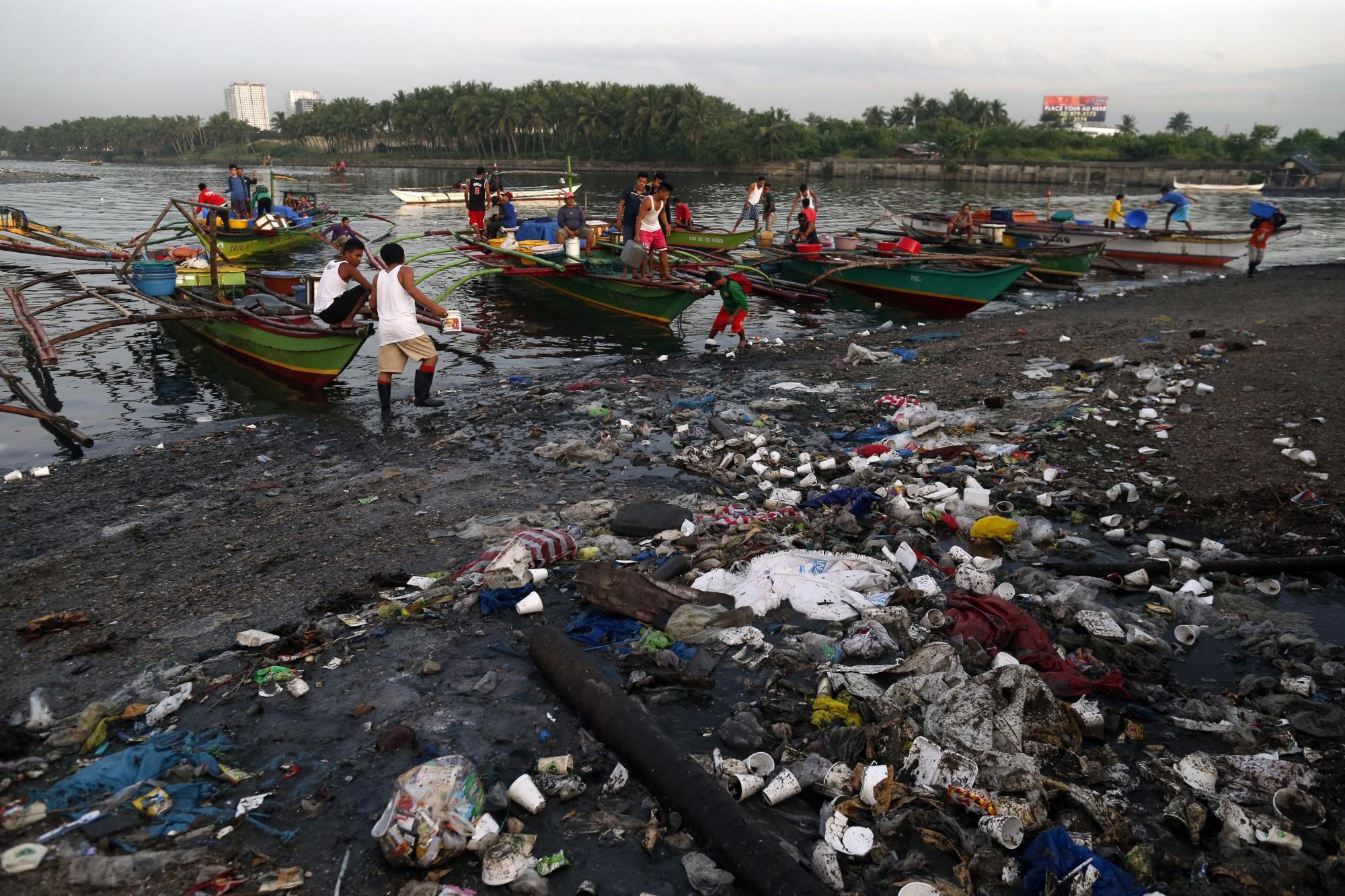
“The value of a sustainable product will always be associated with the ethics of ahimsa (an ancient Indian principle of non-violence) and sustainable creation, no matter which way the price goes.
“My advice is buy less, but buy things of value. Don’t sponge off the environment by saving a few dollars in the name of thrifty pricing. ‘I am buying a product of value’ is very different from saying ‘I am buying something that costs less, and hence is affordable’.
“This way of thinking is precisely the reason we don’t look at ourselves in the mirror and hold ourselves accountable for the cost our environment bears for our greed individually and collectively.”
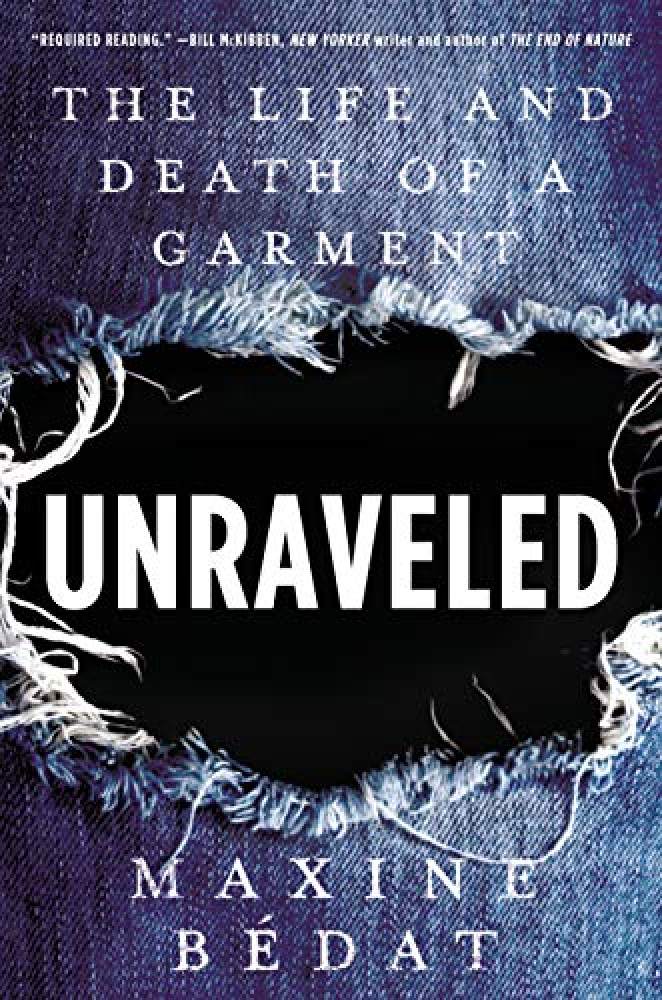
Maxine Bédat, director of the New Standard Institute and author of Unraveled: The Life and Death of a Garment
“Yes, eco-conscious and responsibly made clothing and accessories can be affordable. In fact, they must be if we are to have an industry that operates within planetary bounds. If sustainability is just for the well-to-do, then we’re not really doing sustainability, are we?
“We do, however, also have to unpack what ‘affordable’ means. Should a T-shirt ever cost the same price as a single cup of coffee? Probably not, as it’s impossible to conceive that its cost to people and the planet could be included at such a price. Clothing has become a smaller portion of household spending while the number of garments bought has increased dramatically.
“So, yes, we need to have sustainable options at many different price points, but we should consider these goods durable goods, and they should be priced accordingly.”

Marilyn Martinez, project manager of the Make Fashion Circular team at the Ellen MacArthur Foundation
“It is true that today, more clothes are being made but we use them less. And creating fashion that is made to be used more, and made to never become waste, is only a solution if that fashion is accessible to everyone.
“Circular business models offer ways for customers to access fashion at different price points, or for short amounts of time, whilst keeping clothes in circulation at their highest value.
“We are already seeing businesses taking action, but to really see circular business models scale, we must address pre-competitive challenges and ensure new infrastructures that provide efficient collection, sorting, and recycling. To achieve this, new technologies and skills, cross-collaboration and further investment are needed.
“In our vision of a circular economy for fashion – created with input from over 100 industry experts – we strive for an industry where clothing is used more, made to be made again, and made from safe and recycled or renewable inputs.”

